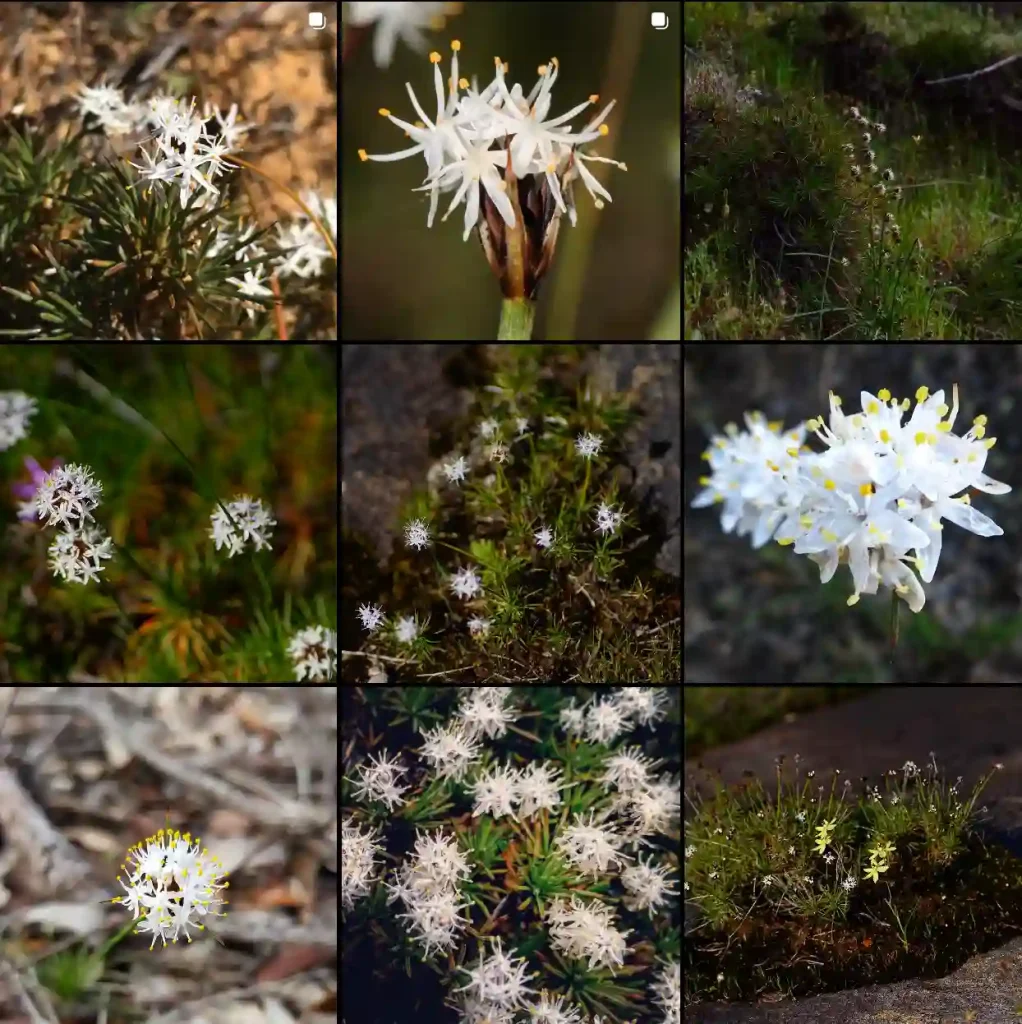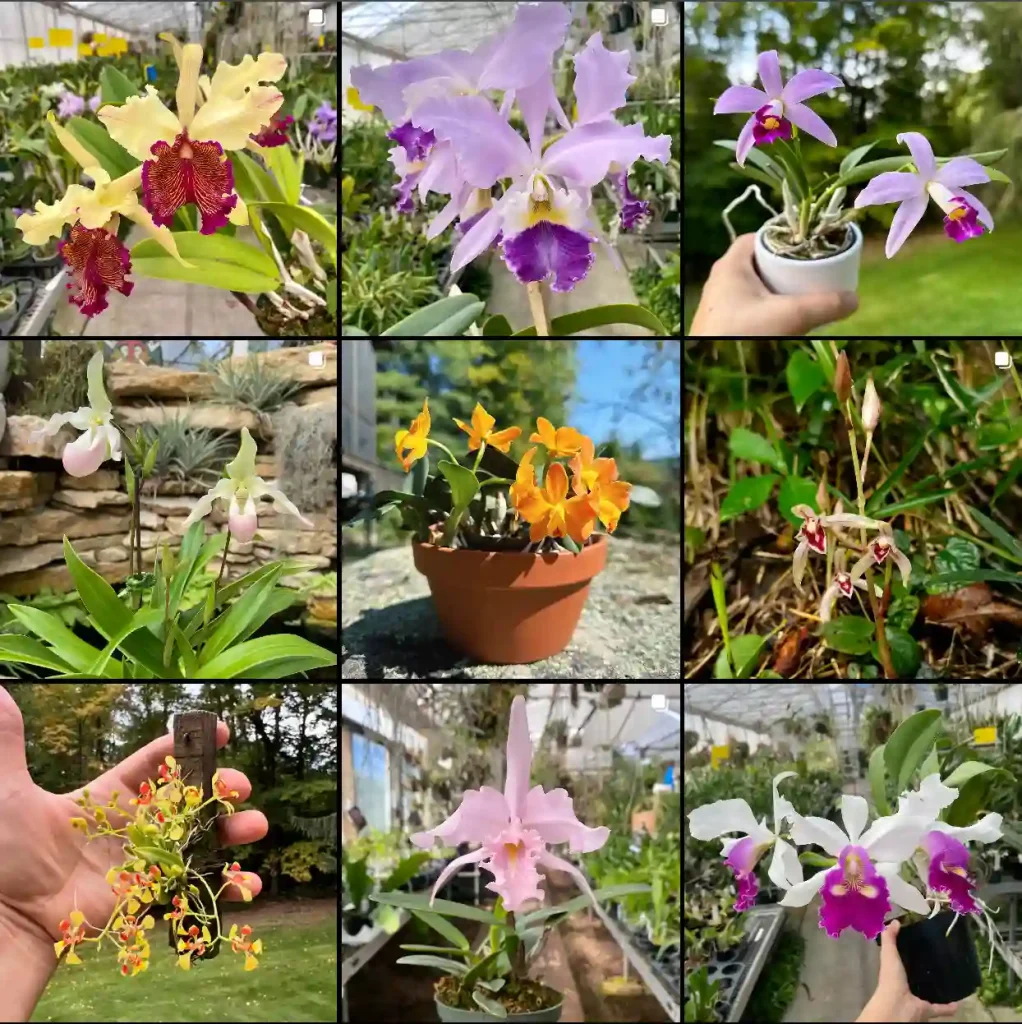My Adventures with Crinum Latifolium: A Showstopping Flower with Hidden Benefits
For years, I’ve been drawn to the beauty of exotic flowers. Their vibrant colors and unique shapes never fail to capture my imagination. But recently, I stumbled upon a plant that truly stole my heart: the Crinum latifolium.
116 Species in Genus Crinum
Crinum latifolium, also known as the Asian Spider Lily or the Swamp Lily, is a stunning perennial with a captivating presence. Its elegant, white trumpet-shaped flowers bloom atop tall stalks, adding a touch of grandeur to any garden. But beyond its beauty, Crinum latifolium holds a special significance in Vietnamese culture and traditional medicine.
This article is a culmination of my journey with this fascinating plant. I’ll share my experiences growing Crinum latifolium, explore its uses in Vietnamese traditions, and answer some essential questions to help you cultivate this remarkable flower in your own garden.
What is Crinum Latifolium?
Crinum latifolium belongs to the Amaryllis family, known for its spectacular blooms. It’s a herbaceous perennial, meaning it dies back in winter but returns year after year. This plant boasts long, strappy leaves that can reach up to 80 cm in length. The true showstopper, however, are the white, fragrant flowers that bloom in clusters (umbels) atop a tall stalk that can reach a staggering 2 meters!
Native to Southeast Asia, Crinum latifolium thrives in warm, humid climates. While it prefers moist soil, it can adapt to drier conditions as well. This versatility makes it a popular choice for gardeners in various regions.
The Allure of Crinum Latifolium in Vietnamese Culture
Crinum latifolium, known locally as “Trinh Nữ Hoàng Cung” (Royal Virgin of the Palace), holds a special place in Vietnamese culture. Traditionally, it’s associated with feminine beauty and grace. Legends even credit the flower with possessing mystical properties that bring good fortune and ward off evil spirits.
Beyond its symbolic meaning, Crinum latifolium plays a role in Vietnamese traditional medicine. Hot water extracts from the plant are believed to have antiviral and antitumor properties, and are used to treat various ailments, including rheumatism, tumors, and even prostate cancer. It’s important to note, however, that while these uses are part of traditional practices, scientific research is still ongoing to fully validate the medicinal claims.
Where to Buy Crinum Latifolium Plant?
If you’re captivated by the beauty and cultural significance of Crinum latifolium, you might be wondering where to acquire this unique plant. Here are a few options to consider:
- Local nurseries: Many nurseries specializing in exotic plants might carry Crinum latifolium. It’s always best to call ahead and check their availability.
- Online retailers: Several online plant stores offer Crinum latifolium bulbs or established plants. Do your research to ensure you’re buying from a reputable seller with healthy stock.
- Plant swaps or gardening groups: Connecting with local gardening enthusiasts can be a great way to find Crinum latifolium. Plant swaps and gardening groups often offer opportunities to exchange or purchase plants from fellow gardeners.
How to Grow Crinum Latifolium?
Growing Crinum latifolium is surprisingly easy, making it a perfect choice for both experienced and novice gardeners. Here’s a quick guide to get you started:
- Climate: Crinum latifolium thrives in warm, humid climates with plenty of sunlight. However, it can tolerate some shade, especially in hotter regions.
- Soil: Choose a well-draining, fertile soil. Amending the soil with compost or organic matter can help improve drainage and provide essential nutrients for healthy growth.
- Planting: Plant the bulbs with the pointed end facing upwards, leaving the top third of the bulb exposed. Space the bulbs at least 60 cm apart to allow for proper growth.
- Watering: Water regularly during the growing season, especially during hot and dry periods. Aim to keep the soil consistently moist but not waterlogged. Allow the top inch of soil to dry slightly between waterings. During the dormant season, watering can be reduced significantly.
- Fertilizing: Feed your Crinum latifolium with a balanced fertilizer once a month during the growing season. A slow-release fertilizer can be a convenient option.
Additional Care Tips for Crinum Latifolium
- Pests and Diseases: Crinum latifolium is generally resistant to most pests and diseases. However, keep an eye out for:
- Snails and slugs: These slimy creatures can munch on the leaves. You can use organic methods like handpicking or setting traps to control their population.
- Mealybugs: These white, cottony insects can suck the sap out of your plant. Spraying with insecticidal soap or neem oil can help get rid of them.
- Winter Protection: In colder climates, where temperatures dip below freezing, you might need to protect your Crinum latifolium bulbs during winter. Mulch heavily around the base of the plant with leaves, straw, or another organic material. Alternatively, you can lift the bulbs and store them in a cool, dry location until spring.
What to Plant with Crinum Latifolium?
Crinum latifolium’s tall, elegant presence makes it a great focal point in any garden. Here are some ideas for companion plants that will complement its beauty:
- Ferns: The delicate foliage of ferns creates a lovely contrast with the bold leaves of Crinum latifolium. Opt for shade-loving ferns if planting Crinum latifolium in a partially shaded area.
- Cannas: These vibrant flowering plants share Crinum latifolium’s love for moisture and sun. Their colorful blooms will add a burst of life to your garden.
- Hostas: Hostas with variegated foliage can add a touch of whimsy and texture to the planting scheme. Their shade tolerance makes them ideal companions for Crinum latifolium planted in dappled shade.
- Water lilies: If you have a pond, consider planting Crinum latifolium nearby. The tall, white flowers will create a stunning display when reflected in the water.
Conclusion: The Enchantment of Crinum Latifolium
Crinum latifolium is more than just a beautiful flower. It’s a conversation starter, a symbol of cultural significance, and a testament to the power of nature. Growing this plant in your garden allows you to experience its beauty firsthand and become part of its rich history.
If i die, water my plants!



